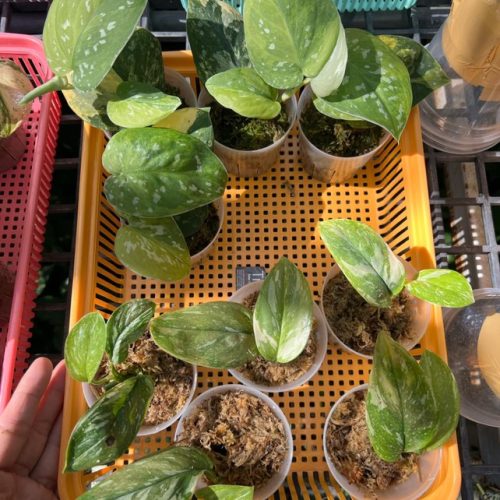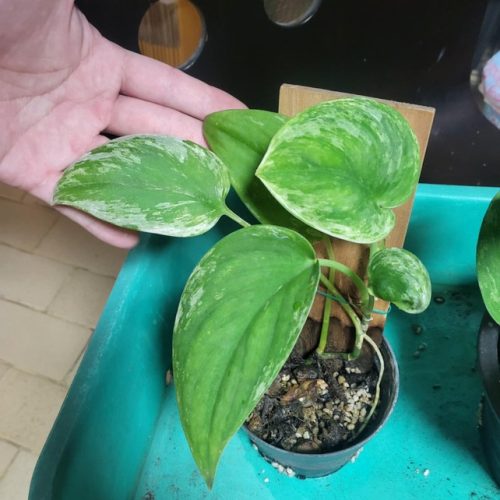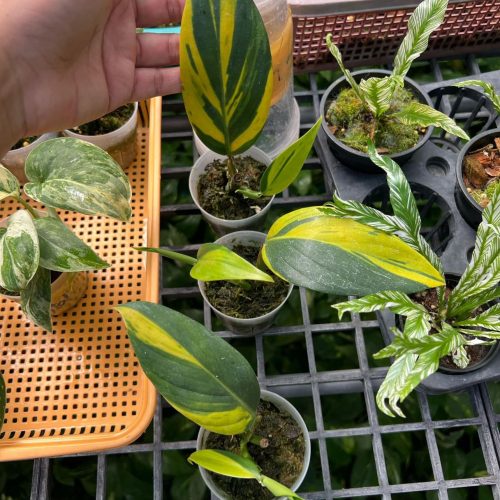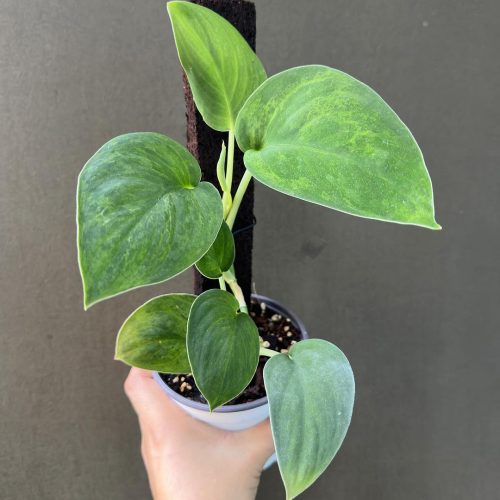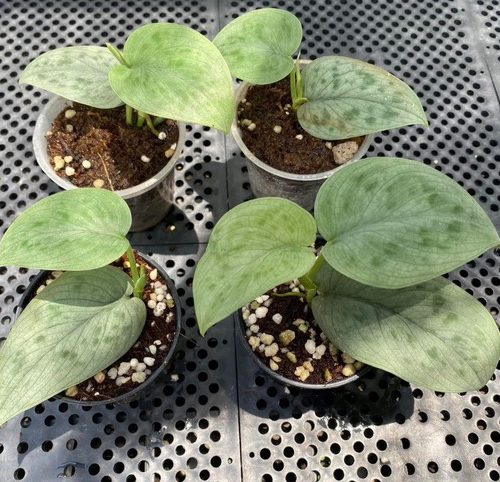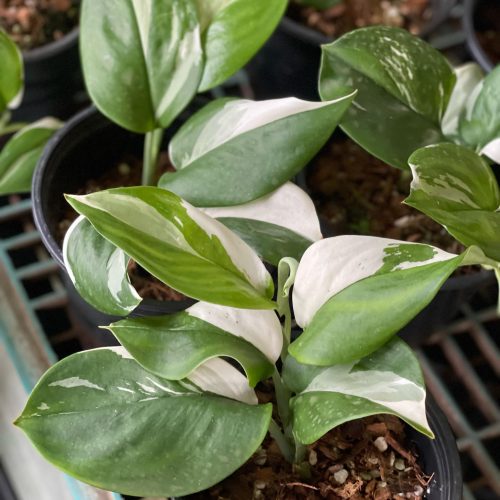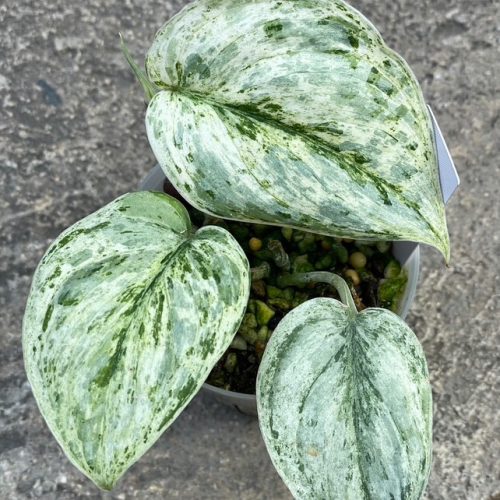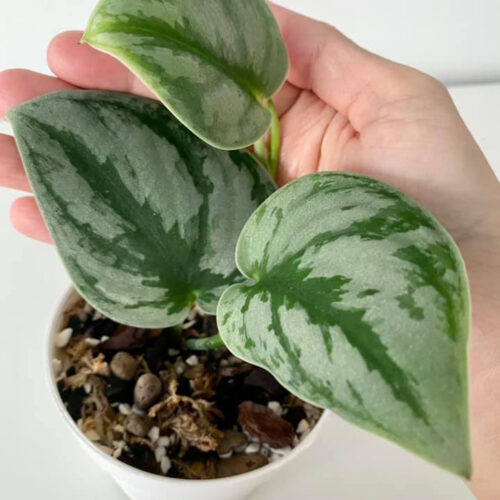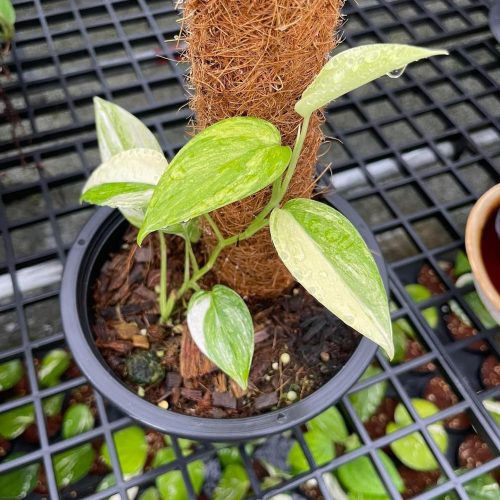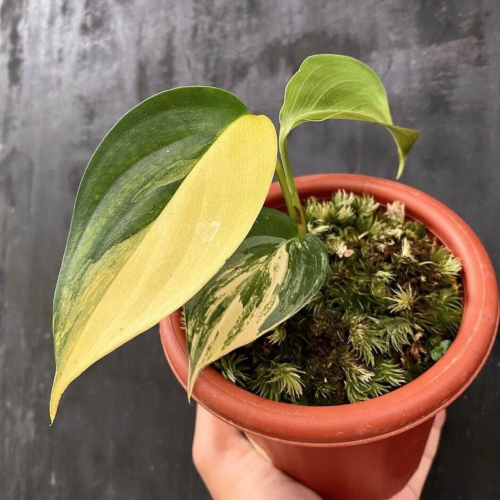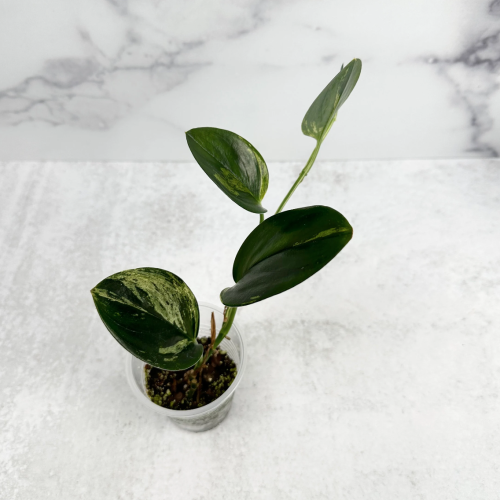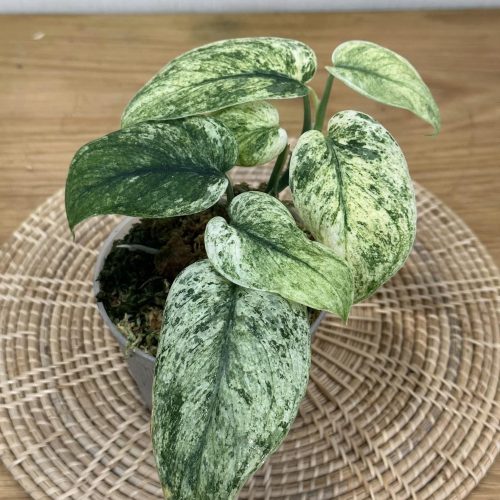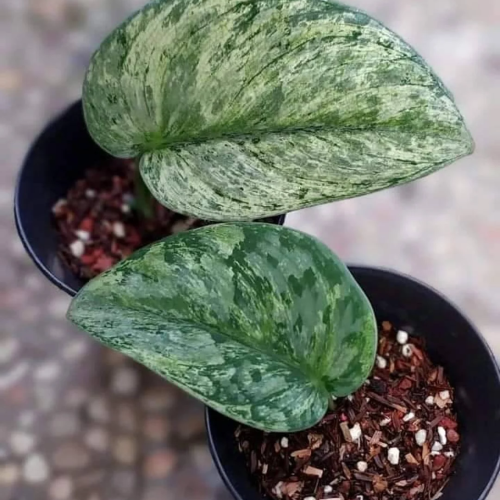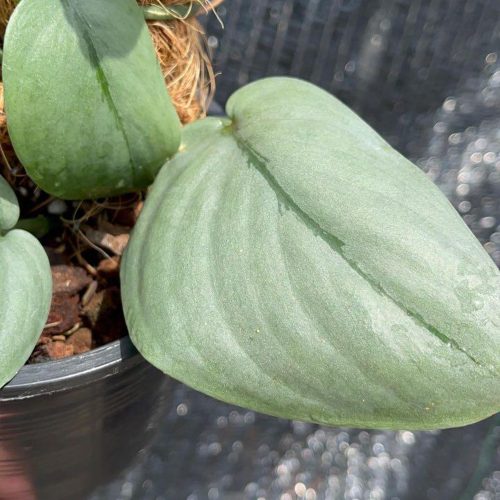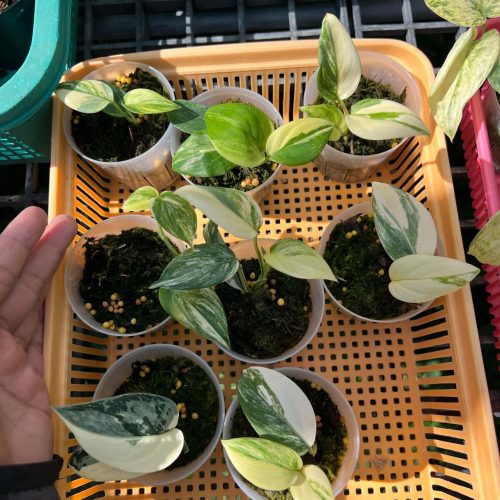Scindapsus sp. curlew, commonly known as Scalloped Philodendron, is a gorgeous vining plant that can add major style to any space. With long trailing stems, elegant scalloped-edged leaves, and an affinity for climbing, this philodendron relative makes a striking display in hanging baskets or trained up a moss pole.
However, bringing out the full beauty and vitality of Scindapsus sp. curlew does require knowing a few secrets. Follow these 5 easy steps and unlock the stunning potential of this “it girl” of the plant world!
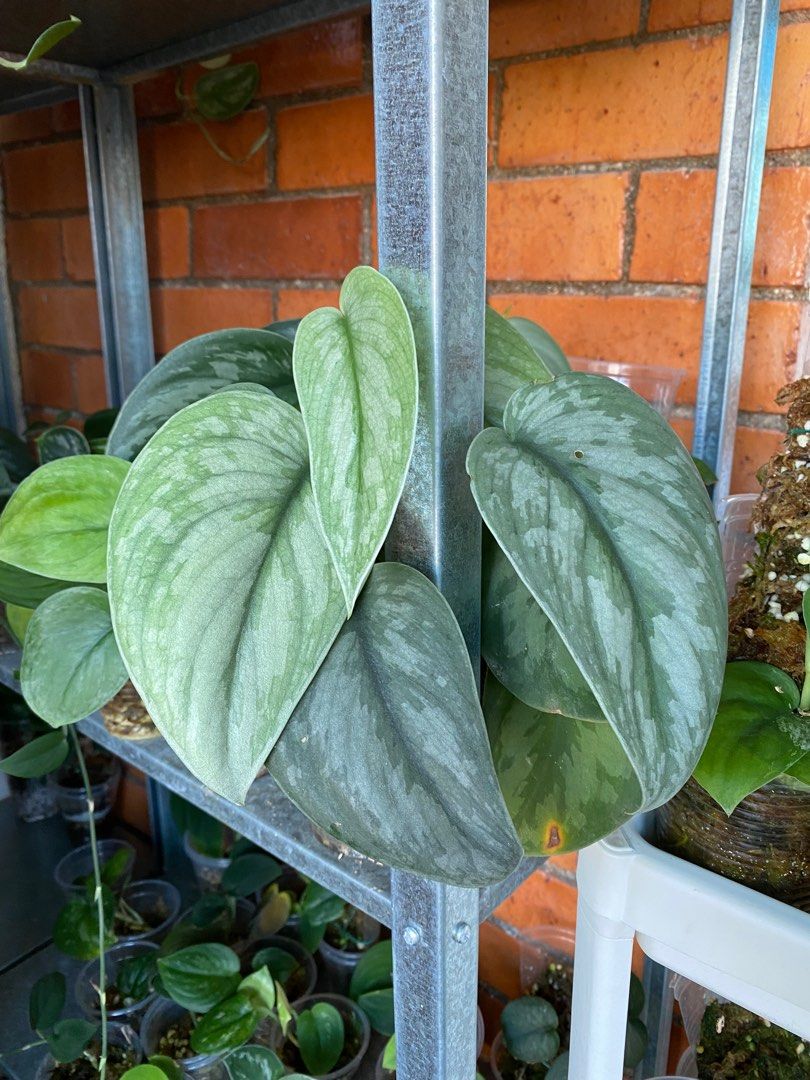
Step 1: Provide Bright, Indirect Light
Importance of Light
Scindapsus sp. curlew thrives best in bright, indirect light. This means positioning it near a sunny window where it receives gentle daylight but no harsh direct sun beams. Proper lighting is crucial for:
- Promoting lush, vibrant leaf growth. Without enough light, leaves will be small and lackluster.
- Inspiring trailing and vining habits. Brighter light motivates the stems to happily wander and explore.
For a deeper understanding of light requirements and how it influences growth in Scindapsus plants, you might find valuable information in “How to Grow Scindapsus in 5 Easy Steps.”
Best Light Locations
Some prime spots for your Scindapsus include:
- Next to an east, west, or lightly shaded south window
- Under a skylight or brightly lit covered porch/atrium
- In a room with ample bright daylight from multiple directions
Be sure to rotate the pot occasionally so all sides get evenly illuminated.
Step 2: Use a Support for Optimal Growth
Why Use a Support
As a vining plant, Scindapsus sp. curlew naturally wants to climb upwards. Providing a support structure like a moss pole, trellis, or hanging basket enables optimal growth habits such as:
- Long trailing stems that can achieve up to 3-4 feet in length! Without support, stems remain short and tangled.
- Larger, showier leaves. Supported plants put more energy into impressive foliage.
- A beautiful display as stems wander gracefully across the support surface.
To explore different support structures and their benefits for vining plants like Scindapsus, refer to the section on support systems in “Scindapsus Breeding Technique in 5 Simple Steps.“
Support Options
Possible supports include:
- Moss sticks/poles made of natural preserved moss. These also help propagate new aerial roots.
- Trellises, obelisks, or cages made from bamboo, metal, or wood. Ensure openings allow stems to weave through easily.
- Hanging baskets that encourage wandering trails of foliage. Use breathable wire/coconut fiber baskets.
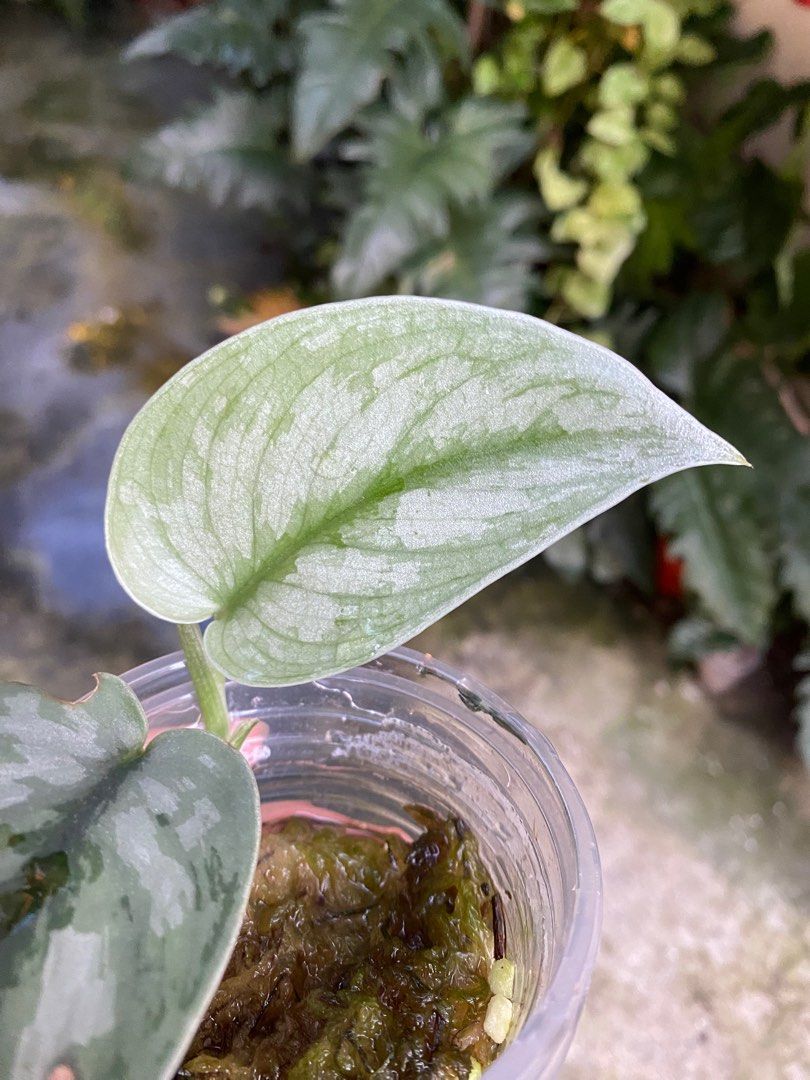
“Discover the captivating beauty of Scindapsus sp. curlew! Click now to add this stunning plant to your collection and transform your space with its lush, vein-rich leaves!”
Step 3: Use a Well-Draining Quick-Drying Soil Mix
Soil Needs
Scindapsus sp. curlew, like many tropical plants, prefers a light, quick-draining soil that maintains even moisture without getting soggy. Key elements include:
- Plenty of drainage materials like perlite, pumice, or bark chips. These prevent thick, moist soil that leads to root rot.
- Some moisture-retentive additions like coco coir or peat to help store water between waterings. But don’t overdo it!
- Nutrient-rich organic matter such as compost, worm castings, or concentrated fertilizer mixes. These feed plants over time.
Recipe Suggestions
Easy DIY soil mixes could contain:
- 2 parts potting soil, 1 part perlite/pumice, 1 part peat or coco coir, plus organic amendments
- Or an all-in-one mix like Fox Farm’s Ocean Forest or Black Gold Cactus Mix
Use containers with bottom drainage holes and cover holes with screens to prevent soil escaping.
Step 4: Water Thoroughly When Top Inch of Soil is Dry
Watering Needs
Scindapsus enjoy frequent waterings but dislike constantly soggy soil. Best practice is:
- Water thoroughly whenever the top inch of soil becomes dry to the touch. Prod down an inch with your finger to check.
- Apply enough water so it runs freely from the container’s bottom drainage holes. This saturates the entire soil root zone.
- In brighter light or hotter temps, checking daily and watering every 2-4 days may be needed. In cooler lower-light conditions, stretch to weekly.
- If soil stays very wet for over a week, reduce watering frequency. Evaluate drainage and soil composition.
For detailed guidelines on watering and maintaining the right soil moisture for Scindapsus, the article “Scindapsus 101: A Beginner’s Guide to Understanding and Growing“ provides comprehensive insights.
Signs of Under/Overwatering
Watch for these cues that indicate adjusting the watering regimen is needed:
- Wilting, dull or curling leaves mean it’s too dry between waterings.
- Yellow lower leaves and soft stems indicate overwatering.
Get in a good groove with the watering schedule and luscious growth will flourish!
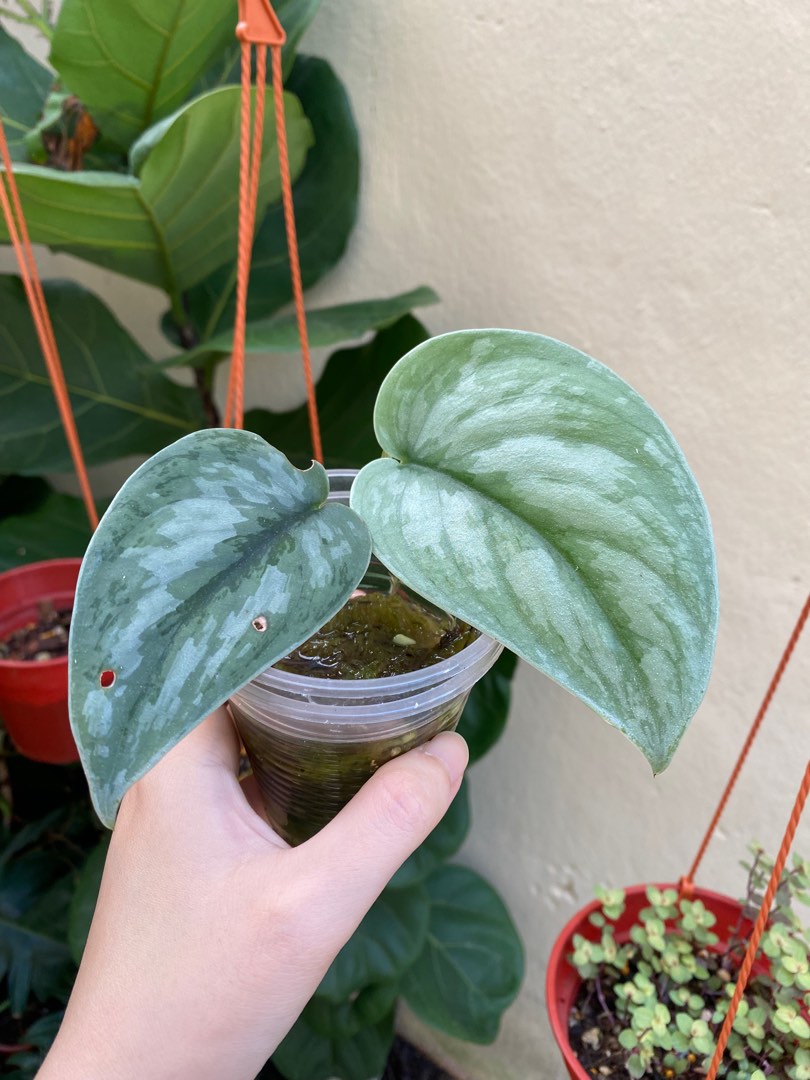
Step 5: Increase Humidity & Fertilize Regularly
Extra Tropical Care Tips
To really unlock next-level lushness from Scindapsus sp. curlew:
- Boost humidity around the plant through misting, pebble trays, or nearby humidifiers. This mimics the jungle moisture that Scindapsus naturally adore!
- Apply balanced liquid fertilizer every 2-4 weeks during active growth periods according to package rates. This energizes the plant and intensifies colors/growth.
- Talk or sing to your Scindapsus! Some research indicates that plants may respond positively to gentle human vocalization. Every living thing deserves some love and appreciation!
Where to buy Scindapsus? Benefits from importing plants from Thailand
- Shipping: Door to door shipping, fast and safe with Dragon Courier
- Biodiversity: Thailand is known for its rich biodiversity, including a wide variety of aroid species. This diversity allows importers to access a broad range of unique and exotic aroid plants.
- Quality and Health of Plants: The suitable climate helps the plants grown here stay healthy and of high quality.
- Cost-Effectiveness: Due to favorable growing conditions and efficient production methods, Thai aroid plants can often be more cost-effective compared to those from other countries.
- Access to Hybrid Varieties: Thai growers are often involved in the development of new hybrid aroid varieties, offering unique plants that may not be available from other sources.
Scindapsus species are the most sought after by aroid plant lovers
Conclusion
Unleashing the full splendor and grace of Scindapsus sp. curlew truly only requires attending to some simple but specific needs. Offer bright indirect illumination, climbing support structure, quick-draining soil, attentive watering, humidity, and regular feeding. Take care of these five key things, and your Scindapsus will erupt into an ever-lengthening cascade of stunning scalloped foliage in no time! It’s so satisfying to unlock the hidden potential of this beautiful plant and watch it thrive under your care.
FAQ
- What is Scindapsus sp. Curlew? Scindapsus sp. Curlew is a tropical plant species belonging to the genus Scindapsus. It is known for its attractive foliage and is commonly used as a decorative indoor plant. The leaves are typically heart-shaped with a glossy texture, and the plant is often praised for its air-purifying qualities.
- How do I care for a Scindapsus sp. Curlew plant? To care for a Scindapsus sp. Curlew, place the plant in a location with indirect sunlight. Water it moderately, allowing the soil to dry out slightly between waterings. The plant prefers a warm, humid environment and does well in typical indoor temperatures. Avoid over-watering to prevent root rot.
- Is Scindapsus sp. Curlew toxic to pets? Yes, Scindapsus sp. Curlew, like many other Scindapsus species, is toxic to pets. It contains calcium oxalate crystals, which can cause irritation and swelling of the mouth, tongue, and throat if ingested by animals. It’s advisable to keep this plant out of reach of pets.
- Can Scindapsus sp. Curlew purify indoor air? Scindapsus sp. Curlew is often included in lists of plants that can purify indoor air. It is believed to be effective in removing certain pollutants like formaldehyde and benzene. However, it’s important to note that while these plants can contribute to a healthier indoor environment, they should not be solely relied upon for air purification.
- How fast does Scindapsus sp. Curlew grow, and how should I propagate it? Scindapsus sp. Curlew has a moderate growth rate. It can be propagated by stem cuttings placed in water or directly in soil. For successful propagation, cut a stem with a few leaves and at least one node, and place it in water or moist soil until roots develop. This can take several weeks.

